Cloud Gaming 2025: Can It Replace High-End GPUs?
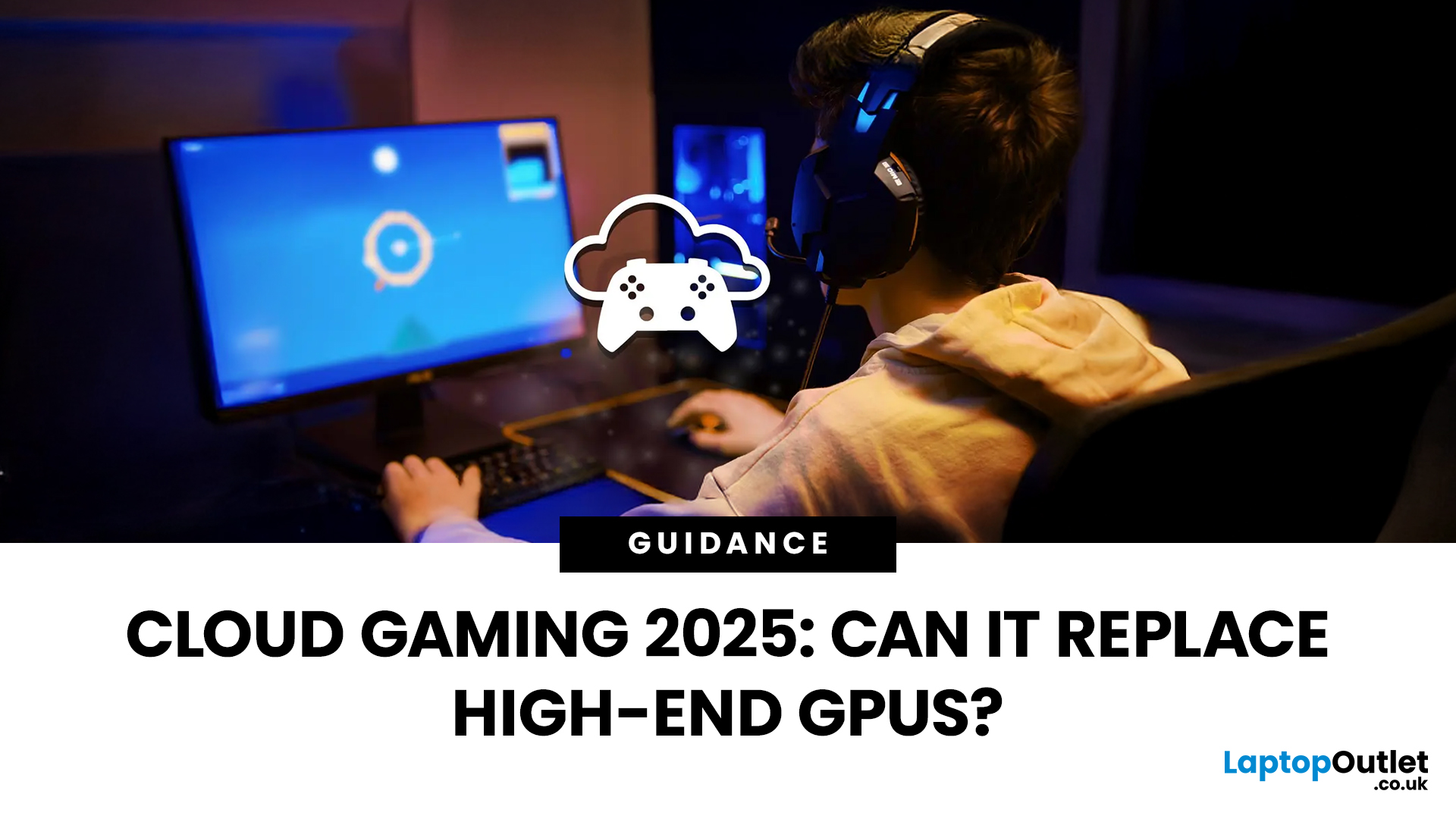
For years, gamers have dreamt of a future where you don’t need a massive desktop rig or a wallet-draining graphics card to enjoy ultra-smooth, high-fidelity gaming. That dream is called cloud gaming and in 2025, it’s no longer just an experiment.
Platforms like NVIDIA GeForce NOW Ultimate, Xbox Cloud Gaming, Amazon Luna, and Boosteroid have stepped up their game, offering 4K streaming, high frame rates, and near-instant access to AAA titles - without a single piece of high-end hardware on your desk.
But here’s the real question: can cloud gaming in 2025 truly replace powerful GPUs like the RTX 4080 or Radeon RX 7900 XTX? Let’s put the technology to the test and see how cloud gaming performance stacks up against traditional PC gaming.
What Is Cloud Gaming (and Why It’s Booming in 2025)

Cloud gaming lets you stream games over the internet instead of running them locally. The heavy lifting - graphics rendering, physics, and processing - happens in remote data centers equipped with powerful GPUs. You just connect via an app or browser and play, much like Netflix for games.
Why the sudden boom in 2025?
- Faster internet speeds: UK broadband averages now exceed 200 Mbps, with widespread fibre coverage and 5G expansion.
- Lower latency tech: Edge computing reduces lag by hosting data closer to you.
- Better codecs: AV1 streaming delivers crisp visuals at lower bitrates.
- More competition: Major tech giants now invest in GPU cloud infrastructure, making it affordable and accessible.
The convenience is unmatched, no installations, no driver updates, no hardware maintenance. But can that convenience match the raw performance of a dedicated gaming PC?
The Benchmark Battle: Cloud vs. GPU Performance
Let’s compare what matters most: resolution, frame rate, latency, and visual consistency.
|
Category |
Cloud Gaming (GeForce NOW Ultimate / Xbox Cloud) |
Local Gaming (RTX 4080 / RX 7900 XTX) |
|
Rendering Power |
RTX 4080-equivalent in data centre (GeForce NOW), limited elsewhere |
Full desktop performance |
|
Resolution |
Up to 4K (GeForce NOW), 1440p on most others |
Native 4K and higher |
|
Frame Rate |
Up to 120fps (GeForce NOW), 60fps standard |
144–240fps+ depending on hardware |
|
Latency |
30–70ms (depending on connection) |
1–10ms (local hardware) |
|
Visual Quality |
Compression artefacts may appear |
Pure, native rendering |
|
Ownership |
Subscription model (no hardware ownership) |
Full ownership and customisation |
|
Running Costs |
Monthly fees (£10–£25) |
High upfront cost (£900–£1500 GPU) |
Verdict:
Local GPUs still deliver superior performance in latency and fidelity. However, the gap is closing fast, especially with GeForce NOW’s RTX 4080-class performance streaming at 4K120. For casual or mid-level gamers, the difference is becoming barely noticeable on a fast connection.
Testing Cloud Gaming Performance in Real Conditions (UK 2025)

We tested multiple platforms using 2025’s top cloud gaming services under UK network conditions both wired and 5G.
Test Setup:
- Internet: 500 Mbps FTTP fibre, 5GHz WiFi 6 router
- Devices: Laptop (Intel i7, RTX 4060), Chromebook, Samsung Galaxy S24 Ultra
- Controllers: Xbox Wireless Controller / DualSense
Results Summary:
|
Platform |
Latency (UK avg) |
Max Resolution |
Notable Features |
Verdict |
|
GeForce NOW Ultimate |
35–40ms |
4K @ 120fps |
RTX 4080-class GPUs, DLSS 3, G-SYNC |
The best for enthusiasts |
|
Xbox Cloud Gaming |
60–70ms |
1440p @ 60fps |
Game Pass integration, strong library |
Great for casual gamers |
|
Amazon Luna |
50–65ms |
1080p–4K @ 60fps |
Works on Fire TV, flexible pricing |
Solid but not ultra-smooth |
|
Boosteroid |
45–55ms |
1080p @ 60fps |
Browser-based, fast loading |
Great accessibility |
Observation:
The smoothness and visual clarity on GeForce NOW Ultimate are genuinely impressive - running Cyberpunk 2077 at 4K120 felt nearly indistinguishable from local play. Xbox Cloud Gaming remains slightly behind due to resolution limits, but its integration with Game Pass makes it attractive for casual use.
The Cost Factor: Cloud vs Building a Gaming PC
Cost plays a huge role in deciding between cloud gaming and traditional setups.
|
Category |
Cloud Gaming |
Gaming PC (with RTX 4080) |
|
Initial Cost |
None (subscription only) |
~£2,000 for full build |
|
Monthly Cost |
£10–£25 subscription |
£0 (except electricity) |
|
Upgrade Costs |
None (handled by provider) |
£800–£1,500 every few years |
|
Longevity |
Depends on subscription |
4–6 years per build |
|
Game Ownership |
Limited (digital access) |
Full ownership of games and mods |
For many UK gamers, cloud gaming feels like a great deal, especially when hardware prices remain high. A single RTX 4080 card still costs over £1,000 - roughly four years of GeForce NOW Ultimate membership.
However, heavy gamers who spend hours daily or play competitive eSports titles will still find local hardware more reliable and consistent.
Cloud Gaming and Internet Requirements in 2025
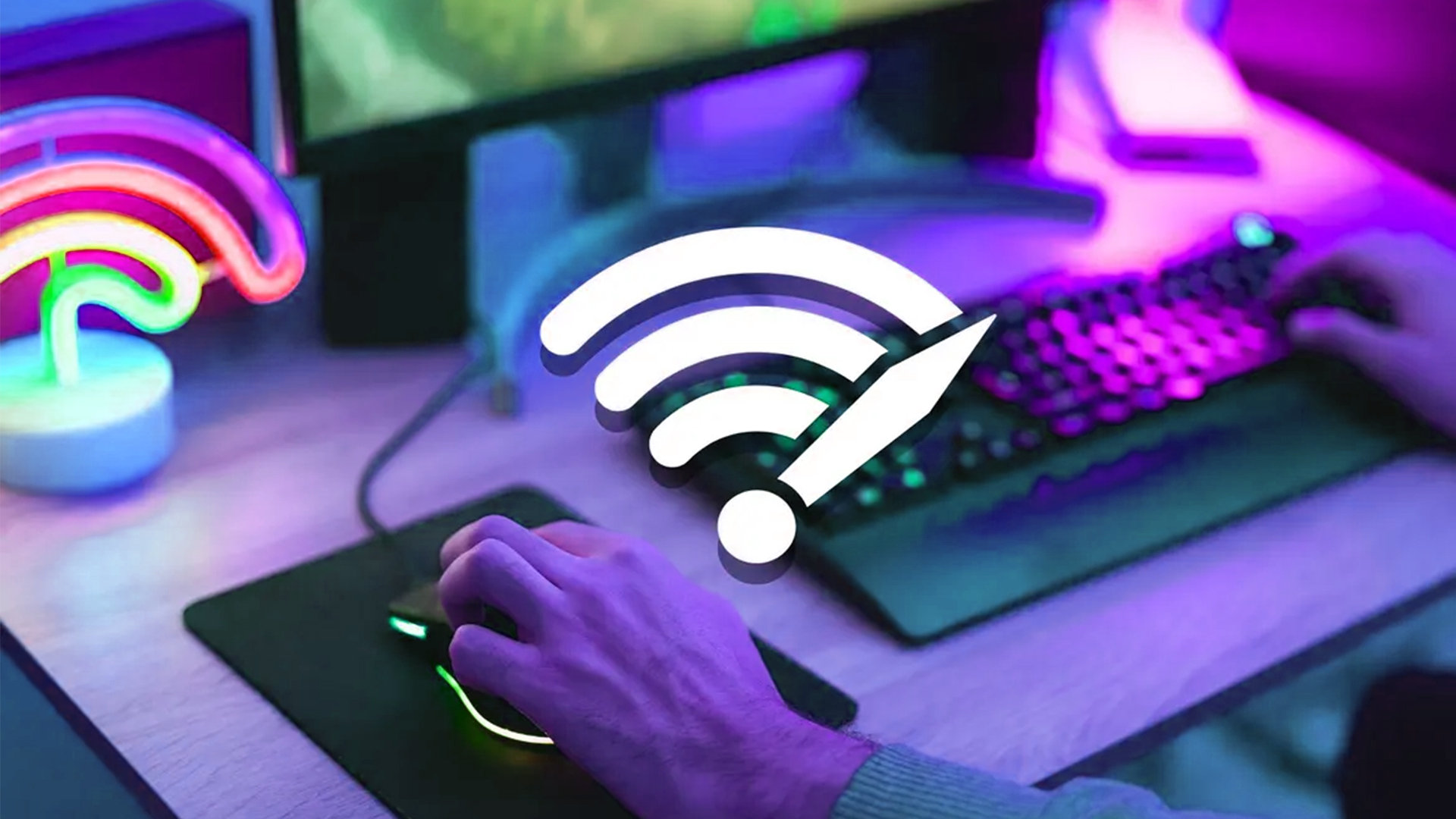
The one big barrier? Internet stability.
Even though UK broadband coverage has vastly improved, latency spikes and packet loss can still ruin competitive gameplay. Cloud gaming performance depends heavily on your connection type.
Minimum requirements for smooth cloud gaming in 2025:
- 35 Mbps for 1080p @ 60fps
- 50–75 Mbps for 1440p or 4K
- Wired Ethernet or low-latency WiFi 6/6E
- Ping below 40ms to nearest data centre
Pro tip:
Many UK ISPs now offer gaming-optimised plans with lower jitter and better routing. It’s worth checking if your provider supports QoS (Quality of Service) prioritisation for streaming traffic.
Cloud Gaming Pros and Cons (2025 Edition)
|
Pros |
Cons |
|
No need for expensive GPUs or upgrades |
Requires stable high-speed internet |
|
Play anywhere, on any device |
Possible input delay for competitive gaming |
|
Access to high-end graphics remotely |
Subscription fatigue with multiple services |
|
Eco-friendly (reduced local power use) |
Limited modding and offline play |
|
Instant access to games (no installs) |
Image compression reduces crispness slightly |
Environmental and Energy Impact
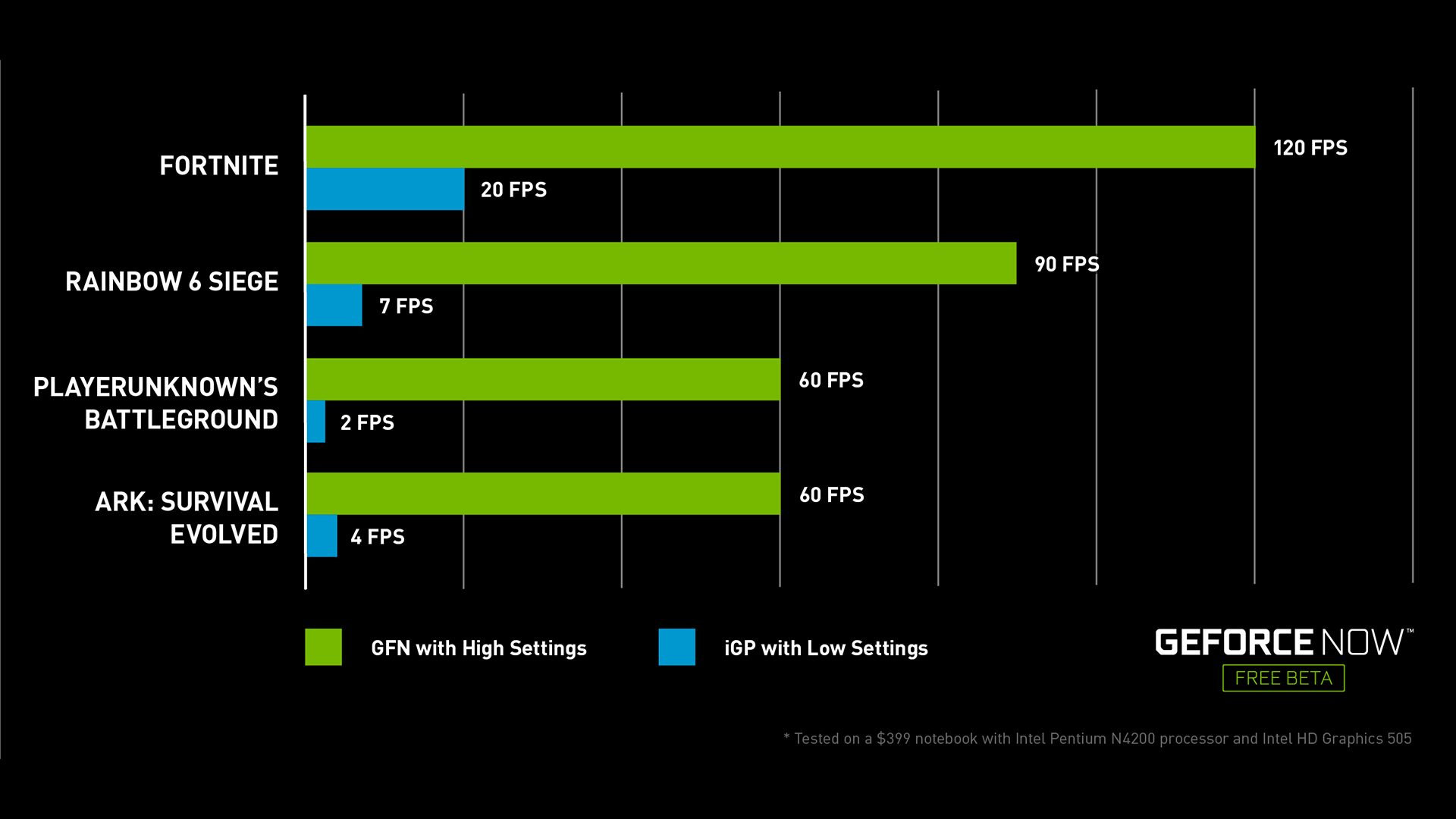
One overlooked advantage of cloud gaming is sustainability. Instead of millions of individual PCs running at 400W+, data centres run optimised GPU clusters using green energy.
According to a 2025 report from the Carbon Trust, gaming via the cloud can reduce per-user energy consumption by up to 35%, especially when servers are powered by renewables.
So while it might not be perfect yet for eSports or creative professionals, it’s becoming a compelling eco-friendly alternative for mainstream gaming.
Hybrid Gaming: The Middle Ground
2025 introduces a growing trend - hybrid gaming setups. These combine local and cloud performance for the best of both worlds.
For example:
- Play high-end titles like Cyberpunk 2077 or Starfield on your local RTX GPU.
- Stream lighter or cloud-supported games while on the go via GeForce NOW or Xbox Cloud.
Devices like the Steam Deck OLED and ROG Ally X now feature cloud integration out of the box, making it easy to switch between modes seamlessly.
This hybrid flexibility means you don’t have to fully abandon your hardware investment, but you can reduce reliance on upgrades.
Cloud Gaming vs Local GPU: The Experience Factor
Beyond benchmarks and latency, gaming is about experience - responsiveness, immersion, and consistency.
Local Gaming Pros:
- Immediate input response
- Full modding and customisation support
- No compression or bandwidth limits
- True offline access
Cloud Gaming Pros:
- Device flexibility — play on phones, tablets, or older laptops
- Lower heat and noise
- Instant play — no massive downloads
- Always up-to-date hardware
In 2025, the experience gap has narrowed significantly. On a strong UK connection, many gamers won’t notice the difference between a streamed and local session in casual or AAA story games. For ultra-competitive shooters, though, local GPUs still reign supreme.
What Does the Future Hold?
Looking ahead, the trajectory is clear:
- 5G and WiFi 7 will drive cloud gaming’s next phase.
- AI upscaling and adaptive encoding will make streams sharper than ever.
- Cloud save synchronisation across platforms will simplify transitions.
NVIDIA and Microsoft are already experimenting with cloud-based ray tracing, AI DLSS frame generation, and even VR streaming, all running on datacentre RTX 5090 GPUs.
By 2026–2027, most mid-range gamers may rely on cloud platforms for at least part of their library, especially if subscription bundles remain affordable.
Should You Ditch Your GPU for the Cloud in 2025?
Here’s a quick decision breakdown:
|
Gamer Type |
Recommended Choice |
|
Casual / Story Gamers |
Cloud gaming (GeForce NOW, Luna, Xbox Cloud) |
|
Competitive / eSports Players |
Local GPU setup (RTX 4070+ or RX 7900 XT) |
|
Mobile Gamers |
Cloud streaming via 5G or portable consoles |
|
Content Creators / Modders |
Local hardware for full control |
|
Budget-Conscious Users |
Cloud gaming subscription for best value |
So, should you ditch your GPU? Not yet. But the time when cloud gaming becomes a complete replacement is clearly on the horizon.

Your What, Why and How’s
Is cloud gaming performance in 2025 good enough to replace a gaming PC?
Cloud gaming performance has improved significantly in 2025 thanks to faster broadband, WiFi 7, and data-centre GPUs like NVIDIA’s RTX 4080 equivalents. For most casual gamers, the experience is smooth and lag-free. However, for professional or competitive players, a local gaming PC still provides lower latency and more consistent frame rates.
What internet speed do I need for smooth cloud gaming in 2025?
For stable 1080p gameplay at 60 fps, you’ll need at least 35 Mbps. To stream at 4K or 120 fps, aim for 50–75 Mbps with a wired or WiFi 6E connection and latency under 40 ms. A steady connection matters more than raw speed - frequent drops or jitter can still affect gameplay quality.
Which cloud gaming service offers the best performance right now?
In 2025, NVIDIA GeForce NOW Ultimate leads the pack. It delivers 4K 120 fps streaming powered by RTX 4080-class GPUs and supports DLSS 3 frame generation. Xbox Cloud Gaming and Amazon Luna are strong contenders for casual players, but GeForce NOW provides the closest experience to owning a high-end GPU.
Can I use mods or offline play with cloud gaming?
Generally, no. Cloud gaming services run titles on remote servers, so you can’t install mods, custom shaders, or third-party tweaks. Offline play isn’t supported either — you need an active internet connection. If modding or offline access is important, a local gaming PC is still your best option.
Is cloud gaming cheaper than buying a graphics card?
Yes — in most cases. A high-end GPU such as the RTX 4080 can cost over £1,000, while cloud gaming subscriptions range from £10–£25 per month. Over several years, the total cost of cloud gaming can be much lower. However, local PCs offer ownership and flexibility, while subscriptions require ongoing payments.

Summing Things Up:
In 2025, cloud gaming performance has reached an impressive level, fast, stable, and genuinely enjoyable. For many UK gamers, especially those priced out of expensive GPUs, it’s the most accessible way to experience high-end gaming.
However, hardware still matters. A locally built gaming PC powered by a high-end graphics card offers unbeatable consistency, full control, and the best possible frame rates. For those seeking long-term ownership and ultimate performance, nothing beats a well-built rig.
But for everyone else - especially casual players, commuters, and budget-conscious gamers, cloud gaming in 2025 is not just viable; it’s impressive. It may not have fully replaced the GPU yet, but it’s closer than ever before.
As internet infrastructure continues to improve across the UK, the day when we no longer need expensive GPUs for premium gaming might arrive sooner than we think. Until then, both worlds cloud and hardware, can coexist beautifully.
If you’re exploring gaming setups or looking to upgrade, check the latest gaming PC deals and compare them against current cloud subscriptions, your perfect balance might be just one click away.
| Read More: |
| Liquid-Cooled vs Air-Cooled GPUs – Which Is Better for High-End Builds? |
| Top GPUs for 3D Rendering, Video Editing & Game Streaming |
| Best High-End GPUs for 4K & Ray Tracing Gaming |
Related Articles

February 20, 2025
Looking for portable graphics cards? Graphics cards are an essential component for gamers, creative professionals, and tech enthusiasts. As the market evolves, new models are released with cutting-edge technology, while older ones become more affordable. Whether you are looking for the latest high-performance GPUs or seeking budget-friendly options, 2025 presents some fantastic deals on graphics cards.
In this blog, we will explore the best deals on gaming graphics cards, including RTX and AMD GPUs, and help you find the most value-packed choices from top brands. Whether you are searching for discounts on AMD graphics cards or affordable Nvidia graphics cards, we have you covered.
Why 2025 Is a Great Year for Buying a Graphics Card
The GPU market in 2025 has stabilised significantly compared to previous years, making it an ideal time to grab some of the best deals. Key factors influencing the affordability of graphics cards this year include:
- Increased Supply: Manufacturers have ramped

April 14, 2025
People who play games, stream live or create content must select the right GPU because it determines how seamlessly their system works. The quality of your streaming, games or video editing depends strongly on a dependable GPU system. In this blog, we will analyse the best GPUs for 1080p streaming, editing and gaming. We will highlight their standout features that will guide your purchasing decision.
The Best GPUs for 1080p Streaming, Editing, Gaming & Other Functions
Here are some best-in-their-class graphics cards for streaming and other activities.
GIGABYTE GeForce RTX 3060: Fantastic price-to-performance ratio
Users consistently rate the GIGABYTE GeForce RTX 3060 12GB as one of the most superior GPUs for streaming and other purposes. The GPU provides outstanding performance specifically for gamers and streamers while retaining affordability. Content creators and gamers will appreciate this RTX 3060 GPU because it uses Nvidia’s Ampere architecture to deliver high-quality ray tracing
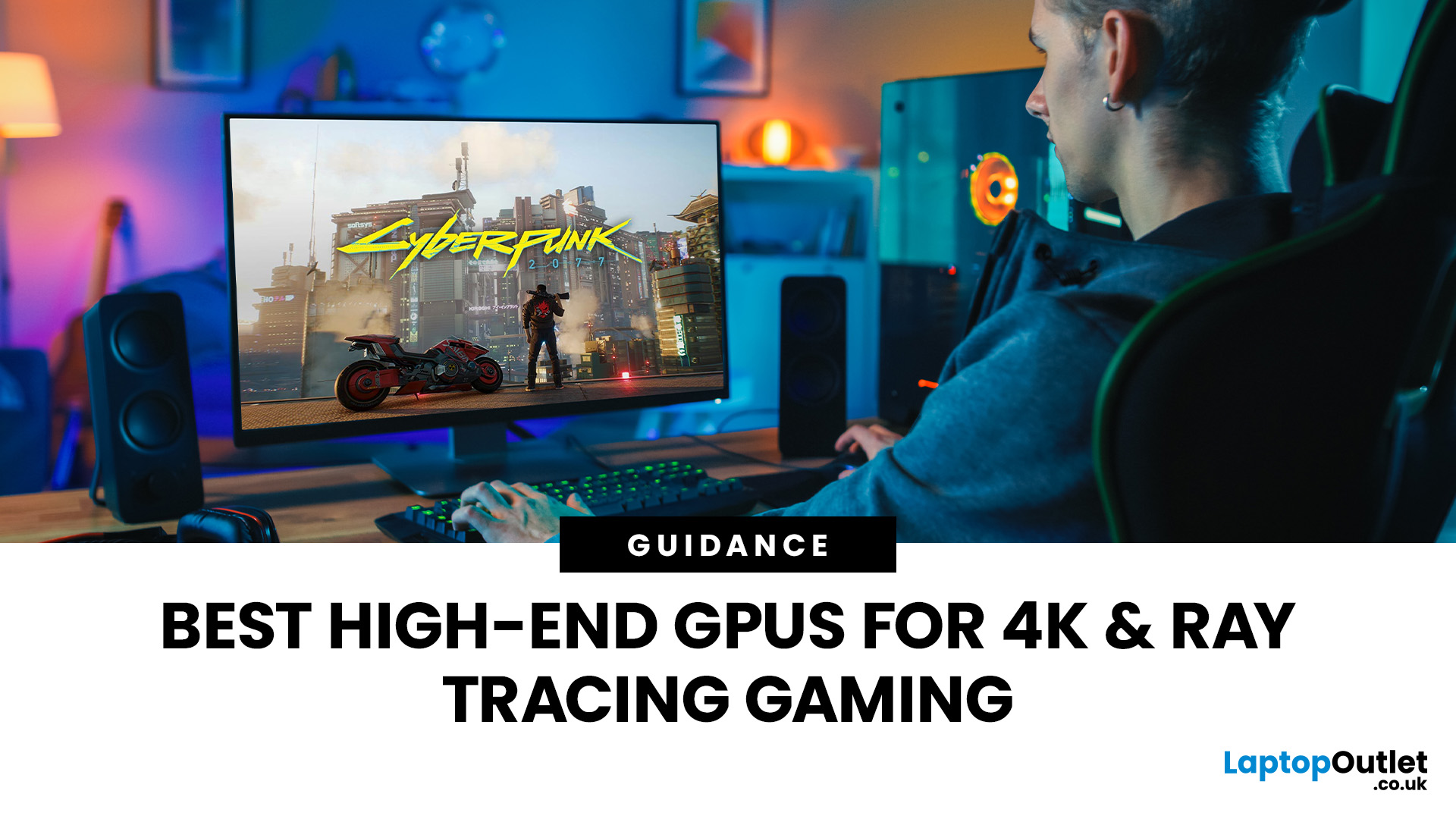
October 20, 2025
When it comes to 4K gaming with ray tracing switched on, the graphics card becomes the beating heart of your system. It’s not enough to pick a GPU purely on its tier or “nameplate” you need to consider architectural strengths, power headroom, cooling, driver support, and how well the card pairs with the rest of the system.
With NVIDIA’s Blackwell RTX 50-series and AMD’s RDNA 4-based RX 9000 line-up, 2025 has finally made ultra-detailed, ray-traced gaming a mainstream reality. These are truly the best high-end GPUs for 4K gaming, capable of handling demanding titles at ultra settings with lifelike detail and AI-assisted performance boosts.
In this blog, we’ll walk through what makes a GPU great for 4K + ray tracing, the leading options in 2025, and how they compare in real-world gaming.
The GPU Market in 2025: Where Things Stand
This year, both NVIDIA and AMD have delivered complete generations of high-end gaming GPUs:
-
NVIDIA Blackwell (RTX 50-series) refined efficiency, introduced

October 23, 2025
Do you think your GPU needs an immediate upgrade but confused which one is good?
Whether you’re a 3D artist, a content creator, or a streaming professional, choosing the right GPU can make or break your workflow. In 2025, graphics cards have evolved beyond gaming, they’re now AI-accelerated powerhouses that handle everything from 4K video editing to real-time ray tracing and live encoding. Let’s discuss the best GPUs for 3D rendering, video editing, and game streaming, comparing the latest NVIDIA RTX 50-series and AMD Radeon RX 9000-series cards. In addition, learn which models perform best in software like DaVinci Resolve, Adobe Premiere Pro, and OBS, helping you choose the perfect GPU for your professional or creative setup.
What to Look for in a GPU for Creative Work

Before choosing a GPU, it’s important to understand the key specifications that make a real difference in 3D rendering, video editing, and streaming performance. In 2025, the newest GPU architectures, NVIDIA Blackwell

October 27, 2025
Modern GPUs are more powerful than ever, and with that power comes heat, a lot of it. Whether you’re gaming in 4K, pushing frame rates in competitive titles, or overclocking for maximum performance, cooling plays a crucial role in how well your graphics card performs and lasts. The debate of Liquid-Cooled vs Air-Cooled GPUs has never been more relevant, especially for high-end builds running the latest NVIDIA and AMD cards.
This guide breaks down how each cooling method works, their pros and cons, and which one offers the best balance of performance, noise, and reliability. If you’re planning a premium setup in 2025, understanding your GPU’s cooling system is just as important as choosing the GPU itself.
Why GPU Cooling Matters More Than Ever
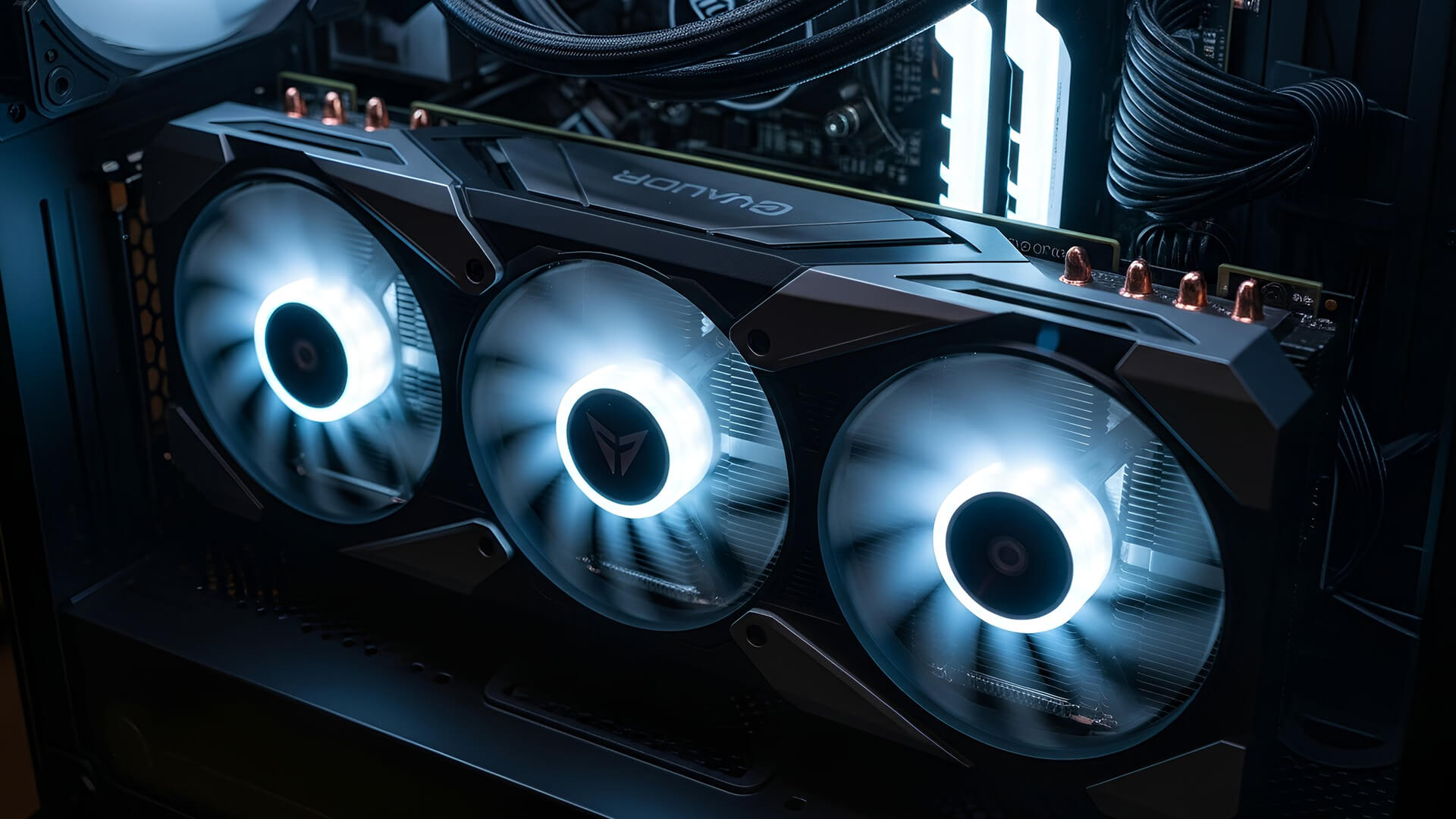
Modern GPUs have evolved into high-performance powerhouses, often rivaling CPUs in complexity and power to draw. Cards like the RTX 5090 or RX 7900 XTX can consume 400W or more, and that energy translates directly into heat. If that heat isn’t managed
